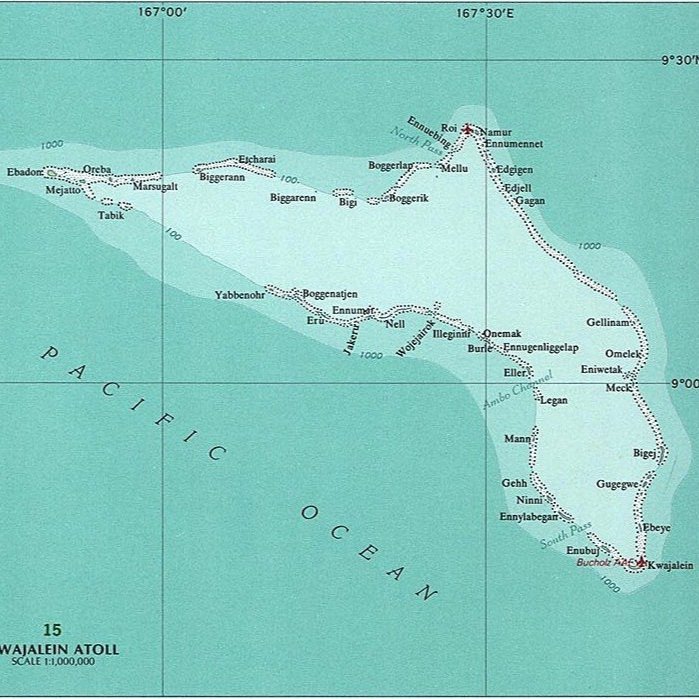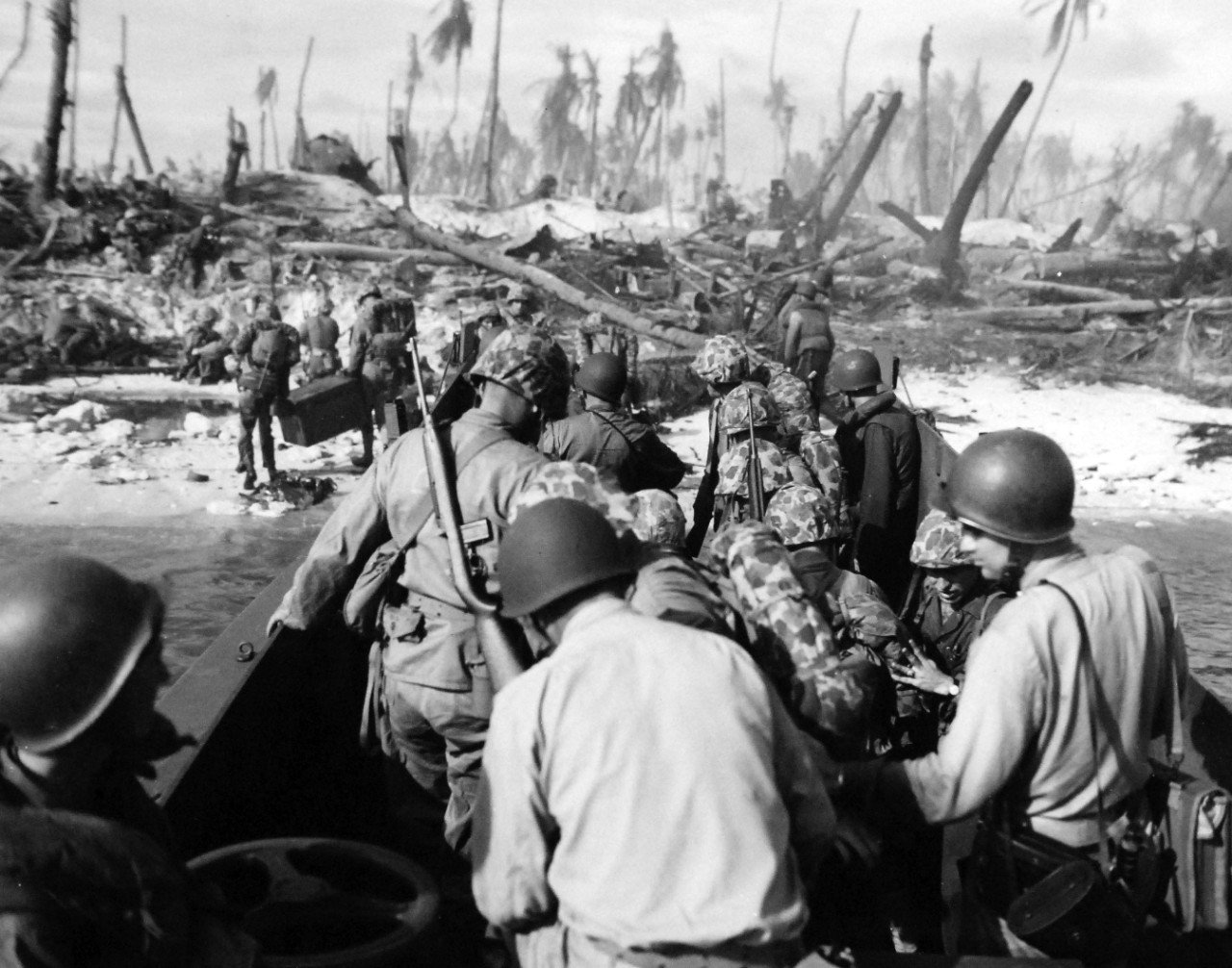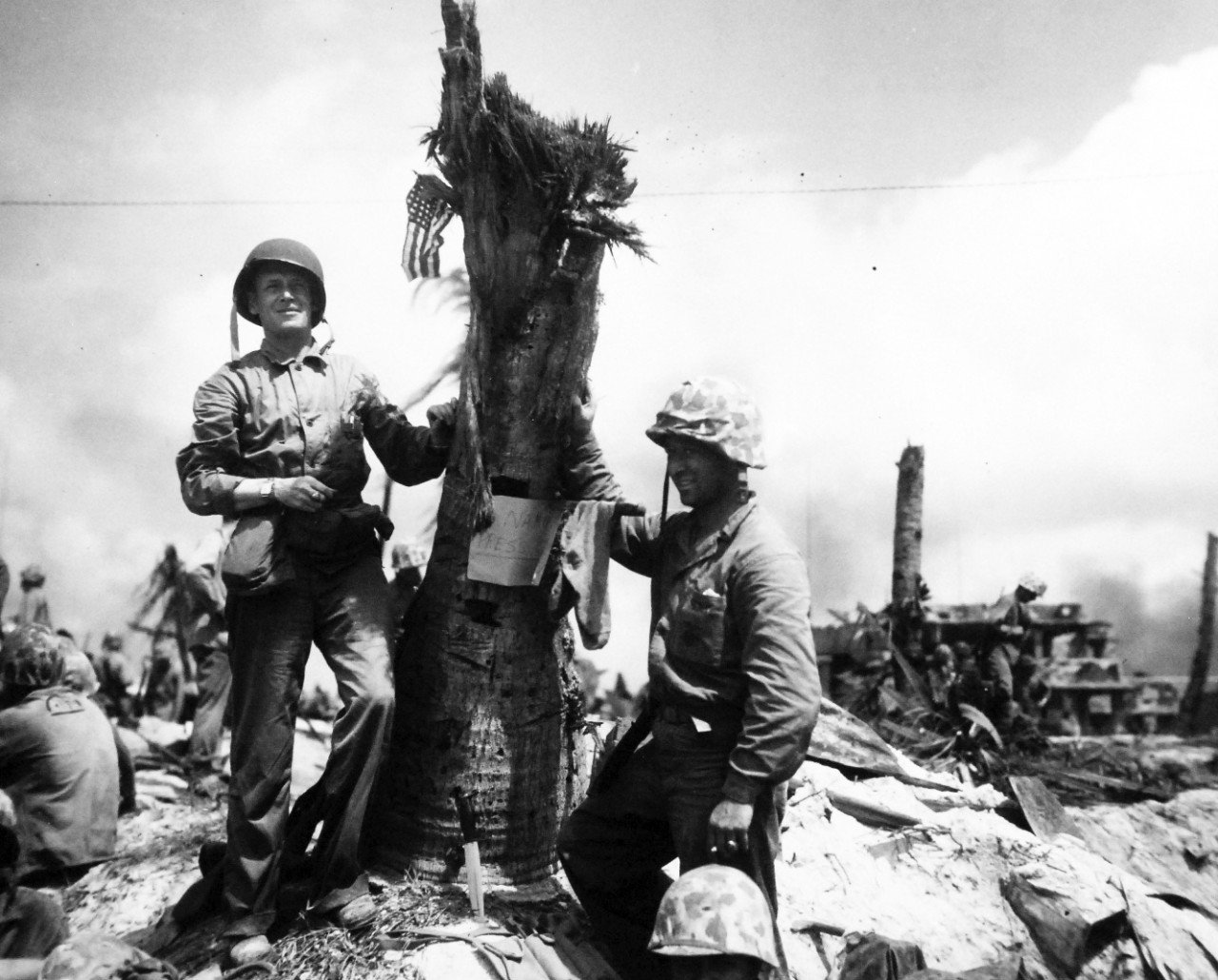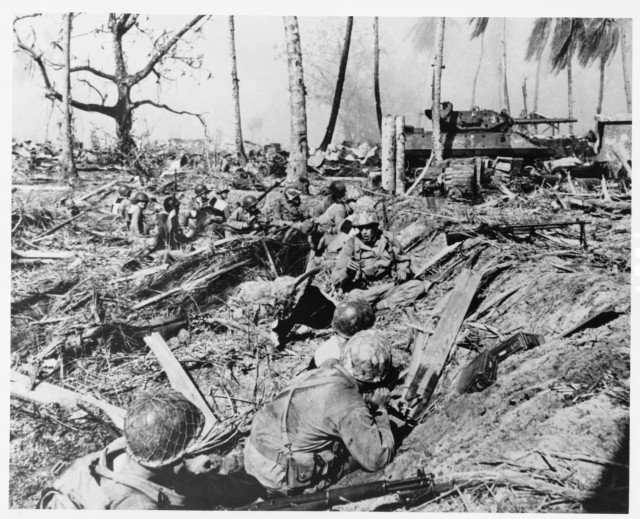Operation Flintlock
The questions many of you are probably wondering are: “what is America doing in the Marshall Islands, anyways, and how did we get there?” Well, the story begins during that dark period in human history where the entire world was at war for the second time (a.k.a. World War II). Japan had occupied the Marshall Islands since the first time the world was at war (a.k.a. World War I), after the islands had been surrendered to them by Germany in the South Seas Mandate issued by the Treaty of Versailles. Basically, the losers of the war had to give up their Pacific islands to the winners and Japan was lucky enough to get the Marshall Islands. Then, during WWII Japan decided to attack Pearl Harbor in an attempt to cripple the U.S. Pacific Fleet, which we all know was a terrible mistake. Thus began America’s pursuit across the Pacific in retaliation against the Japanese. And which islands do you think were involved in that pursuit? You guessed it - your favorite, the Marshall Islands!
A series of battles took place between the U.S. and Japan in the Gilbert and Marshall Islands between 1942 and 1944. These were the first steps on the road to Japan. The objective of the campaign was to push through the Gilberts, the Marshalls, the Carolines, and eventually through to the Mariana Islands which would put American B-29 bombers in range of Tokyo. This turned out to be an effective strategy because the infamous Enola Gay and Bockscar B-29’s would later take off from Tinian island, located in the Northern Mariana Islands, carrying nuclear bombs destined for Hiroshima and Nagasaki. The Gilberts were won by the Americans in November of 1943 and on 31 January 1944 the invasion of Kwajalein began, carried out under the name Operation Flintlock.
The invasion began on Roi-Namur, located on the Northern side of the atoll, by the 4th Marine Division. Bad weather and lack of experience caused a lot confusion but the pre-invasion bombardment was so effective that it didn’t matter much. Only 300 out of 3,000 Japanese soldiers were left to guard the island when the invasion began. The landing of the 7th Infantry Division on the Southern island of Kwajalein was much smoother than on Roi, but the Japenese were more prepared this time. Even so, the bunkers, trenches, and pillboxes only slowed the Americans and after 8 days the atoll was captured by the U.S, on February 7, 1944. After all was said and done, 348 American men were killed, 1,462 wounded, and 183 missing. Only 51 Japanese soldiers survived out of 8,000 while 253 were taken prisoner. An estimated 200 Marshallese were killed during the fighting.
After the capture of Kwajalein during Operation Flintlock, the atoll was used as a staging area for further campaigns in the advance towards Japan during the war. The atoll along with the rest of the Marshall Islands were at the same time designated as a United Nations Trust Territory under the United States. Years later, the U.S. Navy, without a strategic purpose for remaining on the atoll, would transfer it to the U.S. Army for the purpose of ballistic missile defense. To this day, the island of Kwajalein serves as a U.S. Army Garrison and 10 other islands of the atoll are leased to the U.S. as part of the Ronald Reagan Ballistic Missile Test Site (RTS).
Some of the remnants and ruins from Operation Flintlock are still preserved on the island today and remains of the missing are still being discovered. One of the old Japanese bunkers actually sits right in the middle of our 9-hole golf course! The shape of the island has also changed and expanded dramatically since the initial invasion due to land reclamation. It’s crazy to think that it’s been almost 80 years since American’s first landed on Kwajalein, and crazier still to think that we probably wouldn’t be here without Operation Flintlock.





